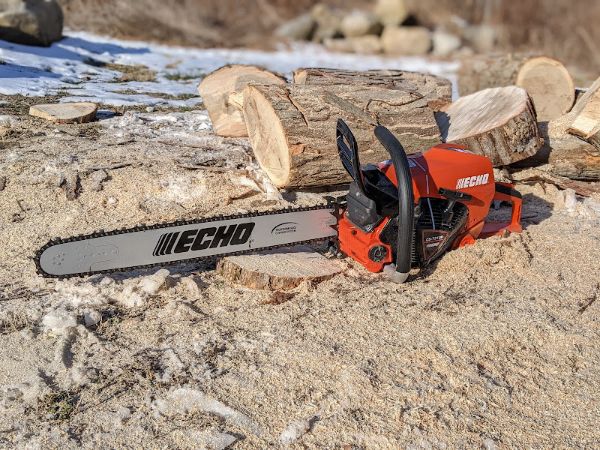Chainsaws are powerful tools, but witnessing smoke during operation can be a cause for concern. In this comprehensive guide, we will explore the various reasons behind why your chainsaw might emit smoke while cutting and provide insights on how to address these issues for optimal performance.
1. Incorrect Fuel Mixture:
One common cause of chainsaw smoke is an improper fuel mixture. Using the wrong ratio of oil to gasoline can lead to incomplete combustion, resulting in smoke. Ensuring the correct fuel mixture, as specified by the manufacturer, is crucial for preventing this issue.
2. Dirty or Clogged Air Filter:
A dirty or clogged air filter can disrupt the proper airflow to the engine, causing an imbalance in the fuel-air mixture. This imbalance can lead to inefficient combustion, producing smoke. Regularly cleaning or replacing the air filter is a simple yet effective solution to this problem.
3. Worn or Damaged Spark Arrestor:
The spark arrestor is a component designed to prevent sparks from exiting the exhaust and causing a fire. If the spark arrestor is worn or damaged, it can impede the flow of exhaust gases, leading to smoke. Inspecting and cleaning the spark arrestor can resolve this issue.
4. Overheating Engine:
An overheating engine can generate excessive heat, causing oil or other components to burn and produce smoke. Ensuring proper chain lubrication, maintaining correct fuel mixtures, and avoiding prolonged periods of continuous cutting can help prevent the engine from overheating.
5. Incorrect Chain Lubrication:
Insufficient or incorrect chain lubrication can cause friction and heat, resulting in smoke. Regularly checking and adjusting the chain oiler ensures proper lubrication, reducing the likelihood of smoke during cutting.
6. Damaged or Worn-out Components:
Worn-out or damaged internal components, such as piston rings or cylinder walls, can lead to incomplete combustion and smoke. Regular maintenance and timely replacement of worn parts are essential for preventing such issues.
7. Improper Carburetor Adjustment:
An improperly adjusted carburetor can disrupt the air-fuel mixture, causing smoke during operation. Consulting the chainsaw's manual or seeking professional assistance to ensure the correct carburetor settings is crucial for optimal performance.
8. Incorrect Bar and Chain Installation:
If the chainsaw's bar and chain are not installed correctly or are damaged, it can result in excessive friction and smoke during cutting. Ensuring proper installation, alignment, and regular inspection of these components is vital for smooth operation.
Conclusion:
Experiencing smoke during chainsaw operation is a symptom of various potential issues, ranging from fuel mixture problems to damaged components. Regular maintenance, proper fuel mixtures, correct lubrication, and vigilant inspection of key components can go a long way in preventing smoke and ensuring your chainsaw operates at peak efficiency. By addressing these issues promptly, you can keep your cutting sessions smoke-free and your chainsaw in optimal condition.

